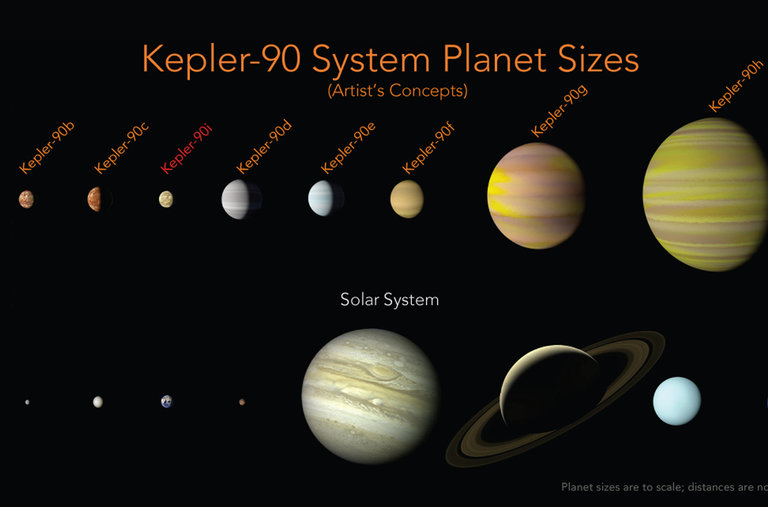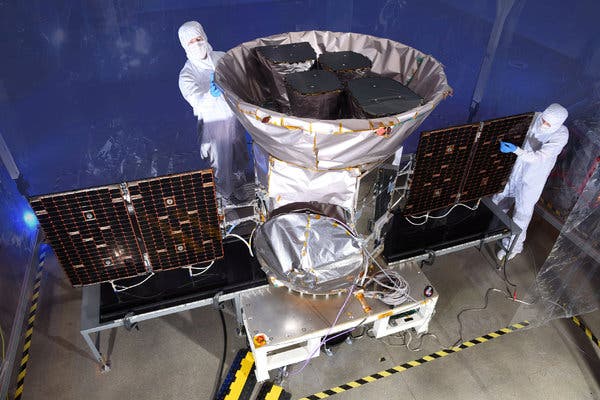NASA’s new planet-hunting spacecraft, the Transiting Exoplanet Survey Satellite, is now halfway through its first tour of the nearby universe. It has been looking for worlds that might be fit for you, me or some other form of life, and as usual, nature has been generous in its rewards.
Since its launch in April 2018, TESS has already discovered 21 new planets and 850 more potential worlds that have yet to be confirmed, all residing within a few dozen light years of the sun and our own solar system, according to George Ricker, an M.I.T. researcher who heads the TESS project. So far, he said, TESS “has far exceeded our most optimistic hopes.”
[Like the Science Times page on Facebook. | Sign up for the Science Times newsletter.]
Dr. Ricker made his announcement on Monday at M.I.T., in Cambridge, Mass., at a meeting devoted to TESS results.
Some of the discoveries generating the most excitement among the TESS crew were three new worlds that orbit a dim red dwarf star only 73 light-years from here in the southern constellation Pictor. The system goes by the name TOI-270, for Tess Object of Interest.
“TOI-270 is one of the prime systems TESS was set out to discover,” Maximilian Guenther, an astrophysicist at M.I.T., said in an email. He is the lead author of a paper on the new planets to be published in Nature Astronomy.
While none of the three planets are likely habitable, more planets may yet be found farther out in the star system, orbiting in more comfortable climes.
The new system provides a laboratory for studying many of the puzzles of exoplanets, including how they form, why some have atmospheres and whether some might be habitable. “It really ticks all the boxes,” Dr. Guenther said, enthusiastically.
In addition to planets, TESS has discovered supernova explosions, and even three comets orbiting the star Beta Pictoris, Dr. Ricker’s team announced.
And there is a whole half of the sky — the half visible to residents of Earth’s northern hemisphere — yet to be explored.
TESS was launched from Cape Canaveral on April 18, 2018. Two months later it began scanning the southern sky with four large cameras, which stared at overlapping sections for 27 days at a time. They were looking for stars that blinked when planets passed in front of them — a telltale sign of an orbiting exoplanet.
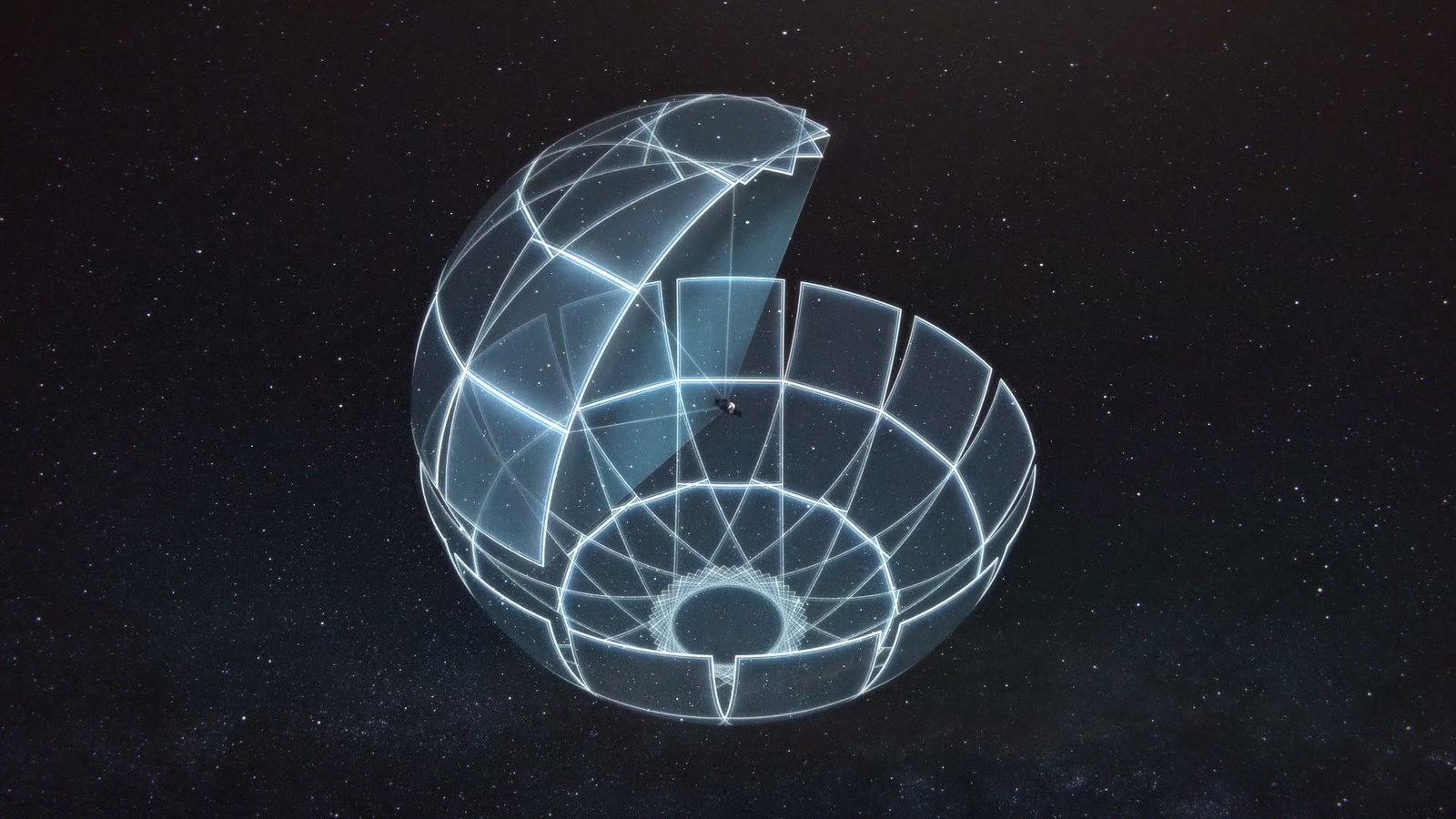
The satellite is the successor to NASA’s Kepler spacecraft, which employed a similar technique to conduct a census of exoplanets in a small, distant patch of the Milky Way. It found thousands, suggesting that there is at least one planet for every star in the galaxy, but they were all too far away to study in more detail.
The job of TESS is to find exoplanets that are close enough to study, by surveying stars within about 300 light-years from Earth. Most of these stars are small, dim and relatively cool objects called red dwarfs. For an exoplanet around any such star to be habitable, with a temperature suitable for liquid water, it would need to be close enough to the star to complete its orbit in just a week or two. That period fits neatly into the 27-day period during which TESS watches and records each star.
The newly announced TOI-270 system consists of three planets with orbits of 11.4 days, 5.7 days and 3.4 days long, They circle a star so obscure that it is known in catalogs only by various numbers: TOI 270, TIC 259377017, 2MASS J04333970-5157222, and the like.
The outer two planets are “sub-Neptunes,” each slightly more than twice the size of the Earth, and with masses at least five times greater, according to models. (Neptune is about four times bigger than Earth, and 17 times as massive.) The innermost exoplanet is a “Super Earth,” about 1.2 times the size of our home world.
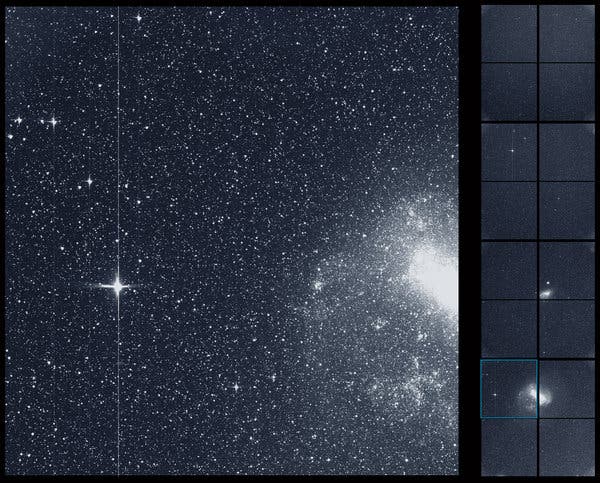
Dr. Guenther said the TESS team was initially very excited, when the outermost of the three planets, one of the sub-Neptunes, seemed to orbit in the star’s habitable zone; that would have been a first for TESS. But as the analysis advanced, the team concluded that the planet likely had a thick greenhouse atmosphere, with suffocating surface temperatures.
But any planets orbiting farther from the star could be habitable, Dr. Guenther and his colleagues said. Locating any such planets is made easier by the fact that the star is relatively quiet, free of outbursts and noise that could interfere with searches.
“Chances are good that we will find more planets further out in the habitable zone,” he said.
The new system could shed light on a looming planetary mystery: Why are there no planets in the size range between 1.5 and 2 times that of Earth?
Planets below that size range, including Mars and Venus (and, of course, Earth), are rocky worlds. Planets more than twice the size of Earth have thick gas atmospheres, presumably surrounding rocky cores — like Neptune, but smaller. Our own solar system does not contain any sub-Neptunes; the only known examples are far away, found in the growing catalogs of exoplanets.
The worlds of TOI-270 crowd either side of this missing-link gap.
It is intriguing that the innermost planet is also the small rocky one, Dr. Guenther said. Perhaps, he suggested, it was once a gas giant like its siblings, but lost its atmosphere when, in the ceaseless shift of orbits and worlds, it moved too close to its star. If that notion bears out, it could have consequences far beyond the TOI-270 system, including for our own solar system.
Follow-up observations are already being planned with NASA’s upcoming James Webb Space Telescope to probe the atmospheres of these planets and see what they are made of.
“TOI-270 is a true Disneyland for exoplanet science because it offers something for every research area,” said Dr. Guenther. “It is an exceptional laboratory for not one, but many reasons.”
Earlier reporting on the hunt for exoplanets
Another Day, Another Exoplanet: NASA’s TESS Keeps Counting More
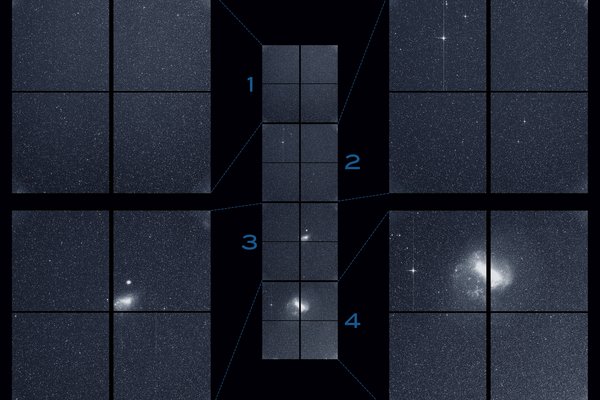
So Long, Exoplanet HD 17156b. Hello … Sauron?

Kepler, the Little NASA Spacecraft That Could, No Longer Can
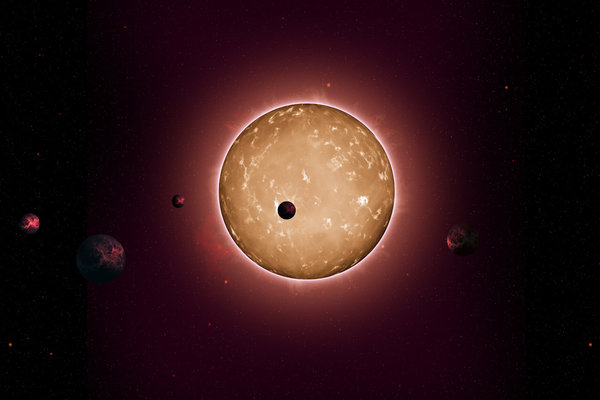
An 8th Planet Is Found Orbiting a Distant Star, With A.I.’s Help
